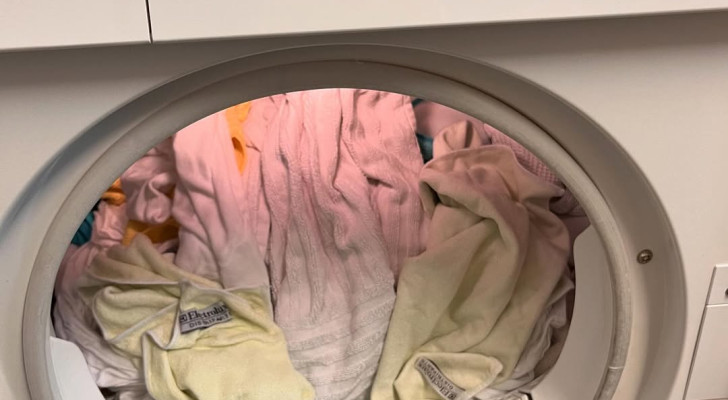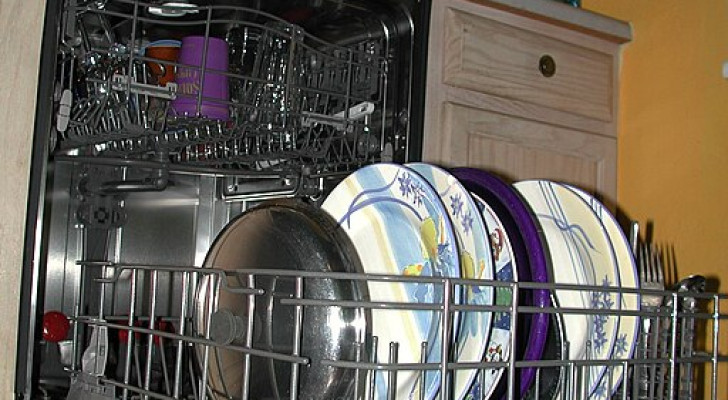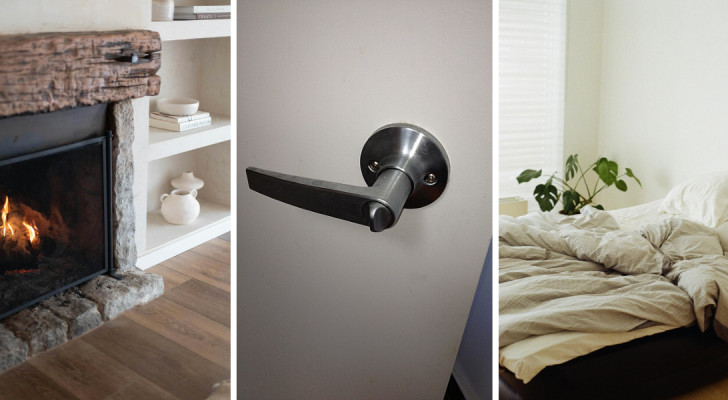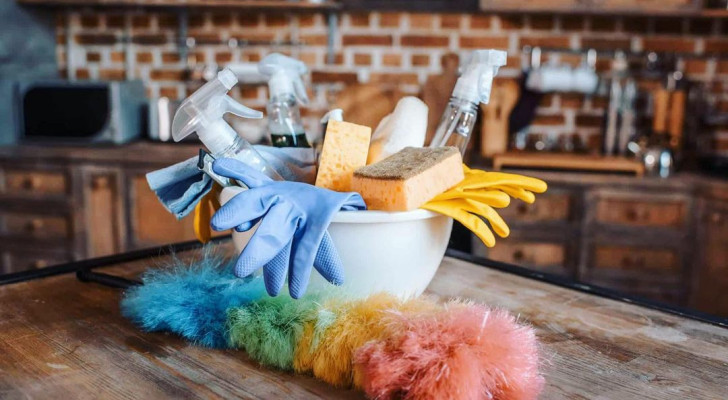Washing pillows: how to do this properly
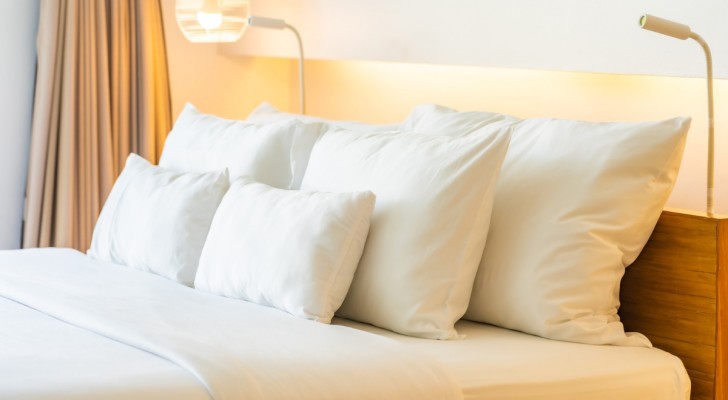
Sleeping is essential for our well-being, and doing so in optimal conditions can only improve the quality of our sleep. This is why, amongst other things, we need to keep our pillows clean. But just changing and washing the pillowcases - on a regular wash - is not enough.
We need to sanitize our pillows as thoroughly as possible to eliminate any mites, sebum, body secretions, dead skin and maybe even hair from our four-legged friends . Let's see how to clean pillows in the best way possible:
Prepare everything you need to clean the pillows
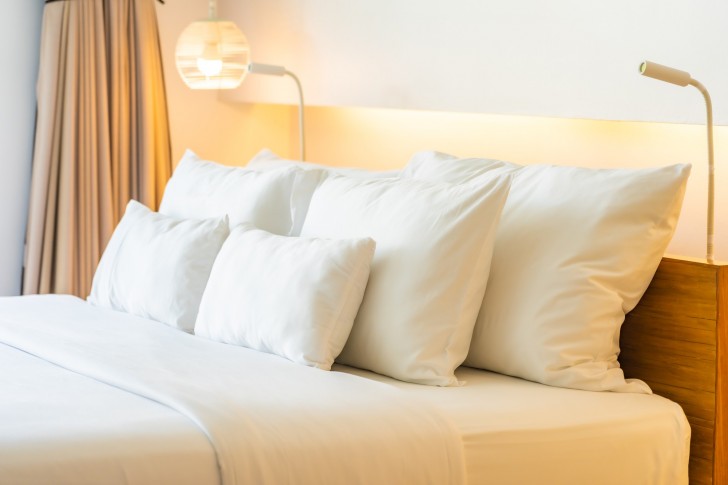
lifeforstock/Freepik
This will be a time-consuming chore, so it's best to have some spare pillows to use in the meantime. While some types of pillows can be washed in the washing machine and/or put in the dryer, others need to be hand washed and it takes pillows a long time to dry out completely.
What you will need:
- A detergent suitable for sanitizing the laundry: we are not talking about bleach, but a detergent with active oxygen ingredients. Alternatively, some Marseille soap with a little hydrogen peroxide will also be fine;
- A stain remover for any stubborn stains. Here too, if you want to pre-treat with mild bleach or hydrogen peroxide, you can do this. Otherwise, choose a detergent with active oxygen ingredients;
- A basin large enough to hold a pillow;
- Clean cloths.
Washing the pillows we sleep on
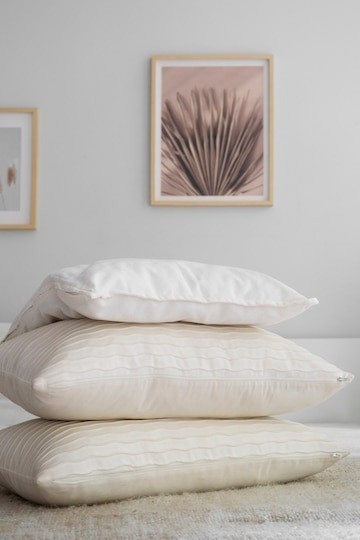
Freepik
Pillows should always be clean, but we can't wash them frequents as it takes up a lot of time. What we can do for routine maintenance is treat individual stains or marks when we notice them (or once every every week or two). This procedure only takes about half an hour or so.
To remove marks and stains, you will need the detergents, as described above, and you need to follow the useage instructions. Usually, however, stain-removing detergents are spray-ons. Spray directly onto the stain, rub in and leave to act (usually about 10 minutes). Then, use a damp cloth to dab away any residue as best as possible.
In the case of pillows that have to be washed by hand, fill a basin with hot water and pour in a little detergent (there is no need to overdo it) and soak the pillows for a couple of hours (or more). You will then have to make sure you rinse them thoroughly, thereafter wringing them out carefully so they do not to lose their shape. Then, allow the pillows to air dry, perhaps with the help of fans or in the vicinity of heat sources.
Washing pillows in the washing machine
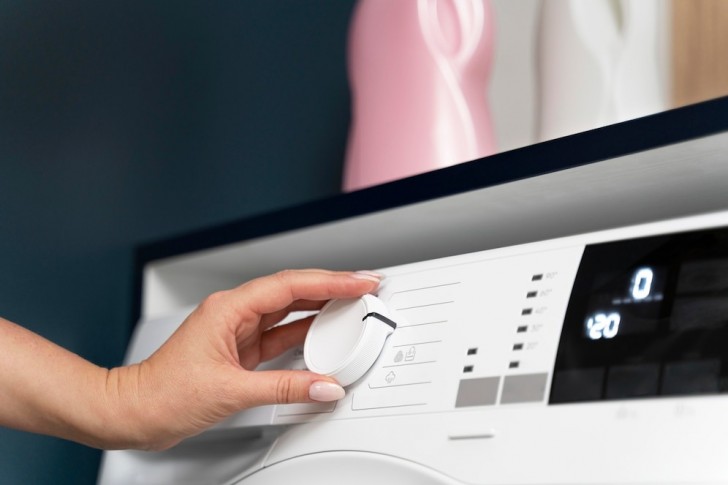
Freepik
Memory foam (or simple foam) pillows cannot be machine washed. And it's best to hand wash down pillows too. For others, however, you can use the washing machine, especially if it has bedlinen program. If not, choose a program for delicates.
Use very little detergent, or else you risk the pillow flattening. It is very important to rinse thoroughly, and you should not eliminate the spin cycle. If your delicates setting has no spin cycle, you should run a rinse only cycle (and without adding any more soap, of course).
Other useful tips
- Always use pillowcases on the pillows, and change them often: they will protect the padding of the pillow from dirt and, as a result, the pillows can be washed frequently and will last longer.
- Be careful with the dryer: if you use it at all, avoid using high temperatures which can ruin the pillow's stuffing or make it more difficult to remove dirt in the future.
- Fluff/plump up your pillows at least once a week, even memory foam ones, to ensure the stuffing is evenly spread.
- Replace the pillows with new ones every year if they get very dirty, or every two years routinely, on average.
Taking care of your pillows is an investment in your well-being!
